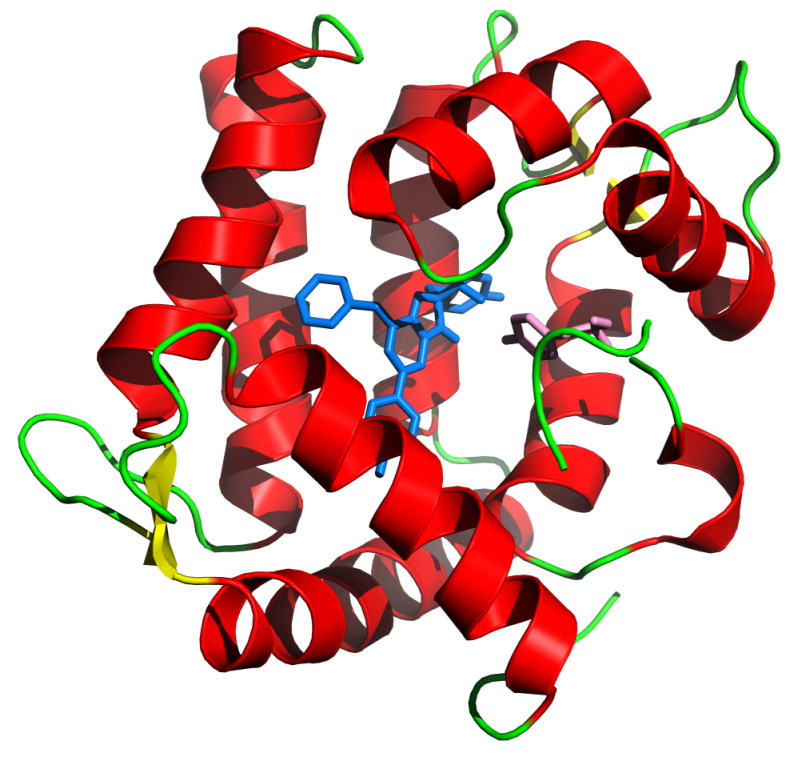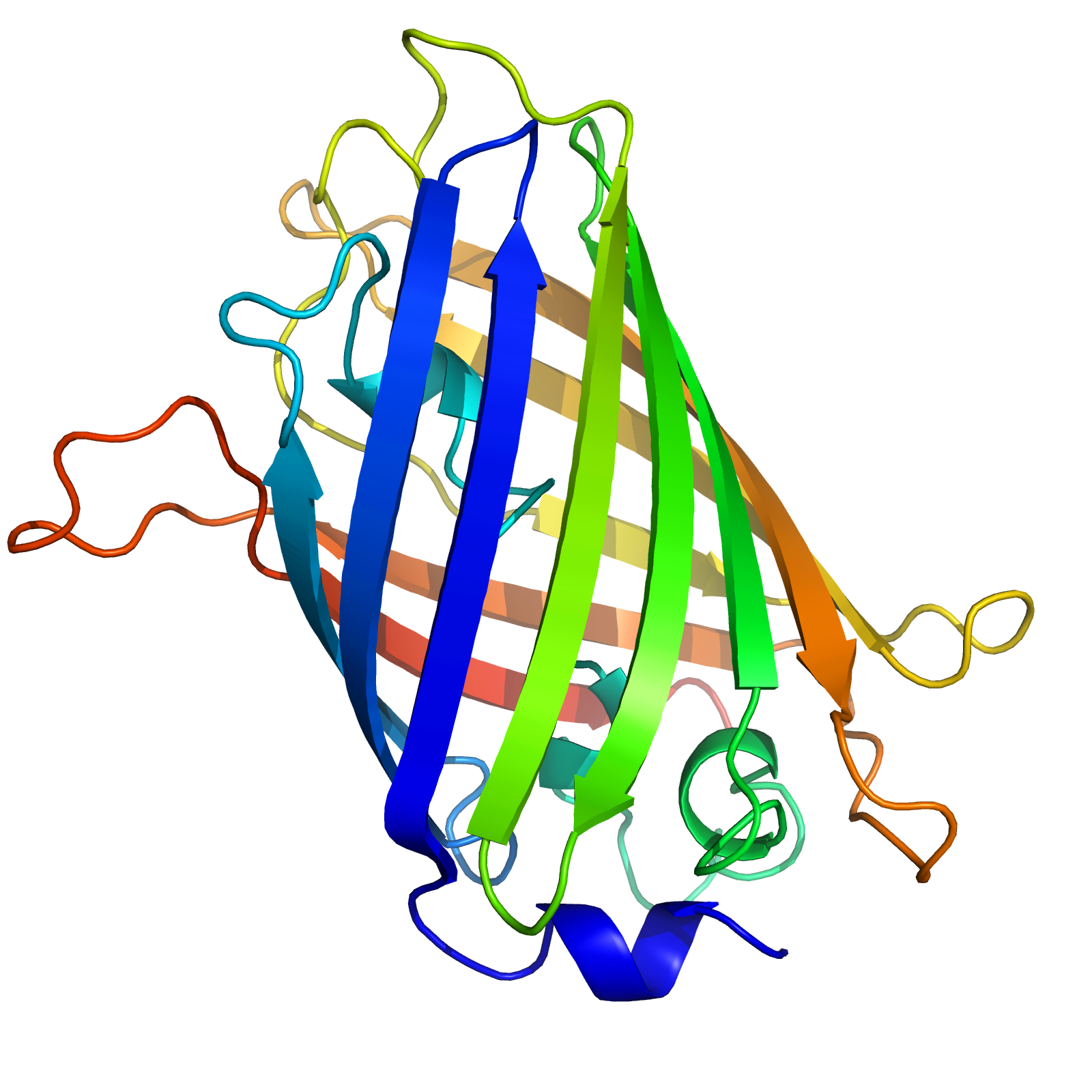Team:TzuChiU Formosa/background
From 2009.igem.org
Background
The Light Sensor
.
Cph8
The light sensor is an artificial gene regulation system, which can detect visible light. For our project the light sensor will initiate the signal cascade that can activate the reporter gene(aeguorin-GFP).
Plants and some bacteria use phytochromes to control photosynthesis. The light-sensitive protein pigment from cyanobacterium Synechocystis sp. PCC6803 consist a two-component protein. The one component is a cyanobacterial phytochrome 1(Cph1) which is a membrane bound sensor that responds to light. The other component is phycocyanobilin(PCB)which has iron molecule bind to the Cph1 and make the component to sensitize far red light. The photoreceptor are not found in Esherichia coil(E.coil), so a created light sensor was produced in 2005 by Austin iGEM team.
The Austin iGEM team created the Cph8 which was transformed to Cp919. Cp919 is an EnvZ knockout E.coil strain. The chimaera Cph8 was a fusion protein which had cyanobacterial phytochrome 1(Cph1)with E.coil intracellular histidine kinase domain(EnvZ). They also inserted two phycocyanobilin -biosynthesis gene(ho1 and pcyA)into phycocyanobilin. The part of the photoreceptor responds to light after PCB bind to cph1. The response-regulator affects transcription by the OmpR-dependent OmpC promoter and the aeguorin-GFP repoter. The cph8 is a bridge between light sensor and gene regulation.
For our project, we transformed the reporter gene(aeguorin-GFP)to Cp919.With the light, the cph8 had little kinase activity and the OmpR remained unphosphorylated, and reporter gene would not expressed. In the dark, the cph8 had activity and high levels of OmpR would be phosphorylated, OmpR-p then would bind to ompC promoter, resulting in high aeguorin-GFP production.
The Light Expression
.
Aequorin and GFP
There are many marine organism have fluorescence. But have you ever recognized one thing? How could it happen? The answer is Aequorin and GFP.
Aequorin and GFP(Green Fluorescent Protein)has presented for more than one hundred millions years and discovered only in one jellyfish species-Aequorea Victoria. And when Ca2+ ions bind on aequorin, which will inducing a glowing blue light and GFP will raise to excited state and emit green fluorescence; it has a major excitation peak of wavelength at 395nm, the second peak is at 475nm and emission peak is at 509nm.
Aequorin is composed of two distinct units, the apoprotein: apoaequorin and the prosthetic group: coelenterazine (a luciferin).
Ca2+ is an indicator of Aequorin. When it binds on Ca2+, the prosthetic group will be oxidized. The coelenterazine converts into the excited state coelenteramide, and then relaxes to the ground state. Then Aequorin can emit the blue light (wavelenght= 469 nm) and supply energy for GFP.
The structure of GFP is beta barrel, it constituted beta sheets with alpha helix and chromophore is located in the middle of the beta barrel which is a fluorescence of GFP.
With this knowledge, Both of GFP will be a biosensor to reporter of expression in the cell or molecule biology; in our research we want GFP has strong enough to illume and to replace streetlamp and hope one day it can substitute the whole world daylight lamp.
 "
"

